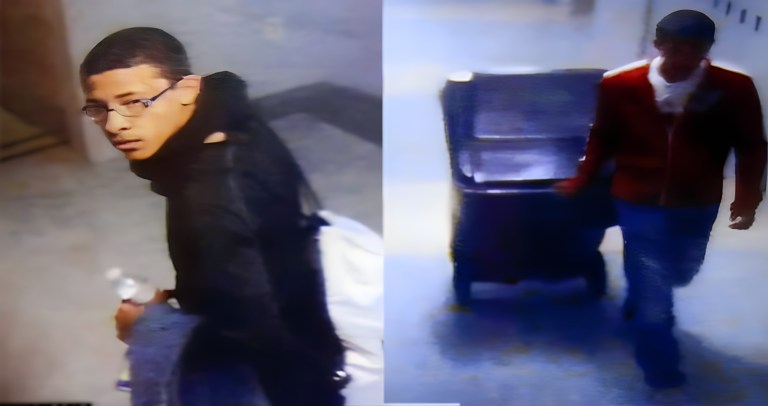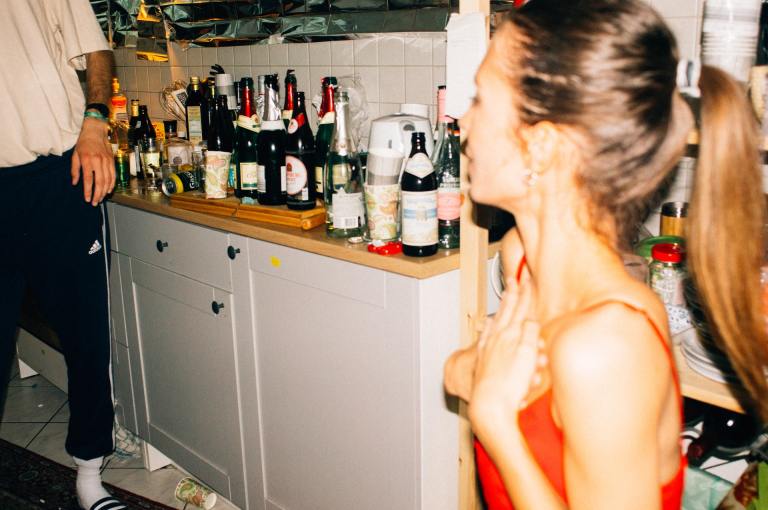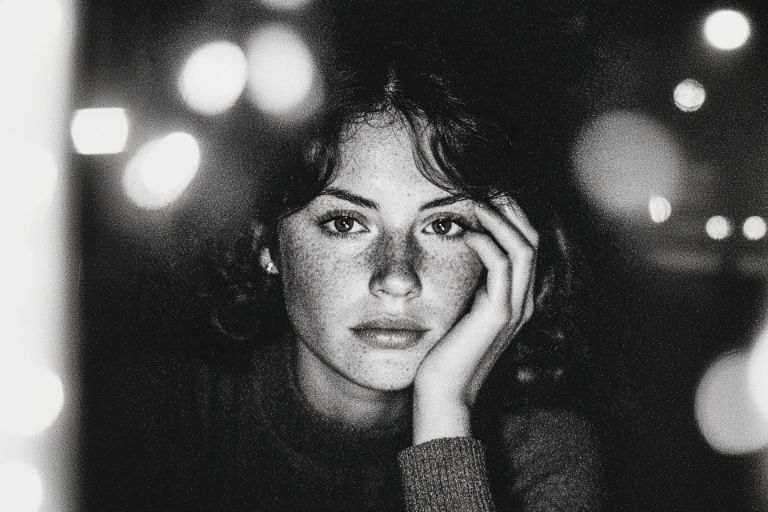
The Most Important Part of The Creative Process That Everyone Misses: A Draw-Down Period
Because of course the idea is good. Of course there’s something here. Of course the audiences will love what we create. Of course our breakthrough is legitimate. Except that isn’t always true.
By ![]() Ryan Holiday
Ryan Holiday

There are many phases of the creative process. One is overlooked more than any of the others. Inspiration, research, production, editing (refining), release, promotion. Most of these get their due.
I’m talking about the phase that comes between the inspiration and the core act of creation (and sometimes appears again briefly between the time the work is finished and the time it is released). It’s the most nerve-wracking and difficult part of the entire process.
It’s the moment after you’ve had the idea, after you’ve put the first round of thinking into the project and then have to step back and say: “Ok, what do I really have here?” “Do I actually have something?” “What is this really going to be?”
The name for this period originates with, John Boyd, a brilliant strategic mind responsible for the F-15 and F-16 fighters as well as key concepts like the OODA loop (used everywhere from the military to business). He called this reflective, pre-production phase his “draw-down period.”
In Robert Coram’s amazing biography of Boyd, he explains how Boyd entered a draw-down after an exciting 1am breakthrough, eventually leading to his important paper on E-M Theory. Boyd knew he had a good a idea, but he questioned whether someone had already explored a similar line of inquiry. He didn’t want to waste his time. He worried the idea might be too simple. He needed to run the idea past more people first. He needed to look at the existing material. He needed to walk through its potential implications. This was a period of doubt and Socratic-questioning.
Only after spending several weeks in this phase, reflecting and thinking, becoming confident that his his ideas had merit and had never been done before, did he allow himself to proceed. Then, Coram writes, Boyd “became excited all over again. The enormity of what he was in the process of discovering would change aviation forever. He knew it.” (emphasis mine)
I’ve found draw-down periods to be essential in my own career as a writer. I spent a little over a year thinking about the ideas in my newest book before I wrote anything down. Originally, I’d wanted to write something about humility. That was the proposal I had sold. As I researched, I made incremental progress both closer to and further away from that idea. I’d find a source here or there. A quote I might like to use. I accumulated my thousands of notecards but whether it would be a book remained to be seen.
I knew that I would need to start writing on January 1st, 2015. Around November, I entered my draw-down period. No more research. Just thinking. Just preparing. I wrapped up the business that I needed to get off my plate. Excited as I was, something wasn’t working. I couldn’t conceive of what the structure would look like. I just wasn’t sure that I was ready.
Then one night at the end of December, I had a dream. It was set in the movie Interstellar. Everything felt exactly like the previews of that movie. An earth that’s begun to fall apart. A crisis is brewing. I was selected as an astronaut. I said goodbye to my children (which I don’t have). I walked to my spaceship. I put on my helmet. But the spaceship wasn’t being launched out of the atmosphere, it was different. In the way that things can only make sense inside a dream, somehow this rocket was being launched into the earth.
I have the journal entry that I wrote the next morning after that dream. It’s dated December 19th. Now that the book is finished and printed and ready for release, I know now that that was the date my draw-down period ended. That was the moment I became ready to write the book. I was ready to probe the unknown depths—which, given that the book was about ego—I understand the spaceship was a symbol of.
The draw-down period is not necessarily a fun one. Inspiration is exciting. Doing, making—that’s what we think matters. The idea of stopping in between? Of evaluating and analyzing before leaping into it? That’s so difficult.
Because of course the idea is good. Of course there’s something here. Of course the audiences will love what we create. Of course our breakthrough is legitimate.
Except that isn’t always true.
I’ve written before that passion is dangerous. This is one of the areas that it’s particularly devastating. Creative people naturally produce false-positives. Ideas that they think are good but aren’t. Ideas that other people have already had. Mediocre ideas that contain buried within them the seeds of much better ideas.
Part of the draw-down period is about sifting through that. In the way that a good steak must be aged, or the way that we let meat marinate in spices and sauce, an idea must be given a bit of space. Rushing into things eliminates that space. It quashes the questioning, the consideration, the second-guessing that produces an idea that is strong and resilient and valuable.
The other reason for the draw-down period is simply to prepare for the mammoth nature of the task in front of you. A book takes months of writing, possibly years. Movies take longer. Scientific discoveries might take decades to properly articulate. This is not a process one ought to dive into unknowingly. Just as we take a big breath before we go underwater, we need to grab some air before we bury ourselves with a creative pursuit.
Is this something we are sure we want to do? Are we prepared to give up and sacrifice what the project will call for? Are we ready to work for days on end with no visible sign of progress?
Those are just the existential questions. The practical ones: What loose ends do I need to tie up? What distractions can I eliminate? Do I have enough money? Am I in shape for this?
As we resolve these issues, ordinary passion is replaced with hardened purpose. We start to feel as Boyd did. We start to get excited again. But real excitement this time—not newness and naïveté. It is here that the draw-down period has come to an end, never to return.
Except it does. Although Boyd never spoke of this, I think there is a second draw-down period. It comes after the work is more or less done but before it is public. When the book is offered to the printers but before the release date. When the movie is in the can but before promo has started. When the paper is accepted to the journal but won’t be published for several months. The work is out of our hands…but hasn’t quite reached the masses yet.
Now we have another round of questions: What have we done? Did all that really happen? Am I sure I want to go through with it? What if it doesn’t work?
This is the most private and lonely of all the creative phases. The die has been cast but we have no idea what it will land on. It’s not excitement we feel but dread.
And so, with this nervous energy and doubt, our mind begins to race and we think of our next project. To start the cycle over again. ![]()











